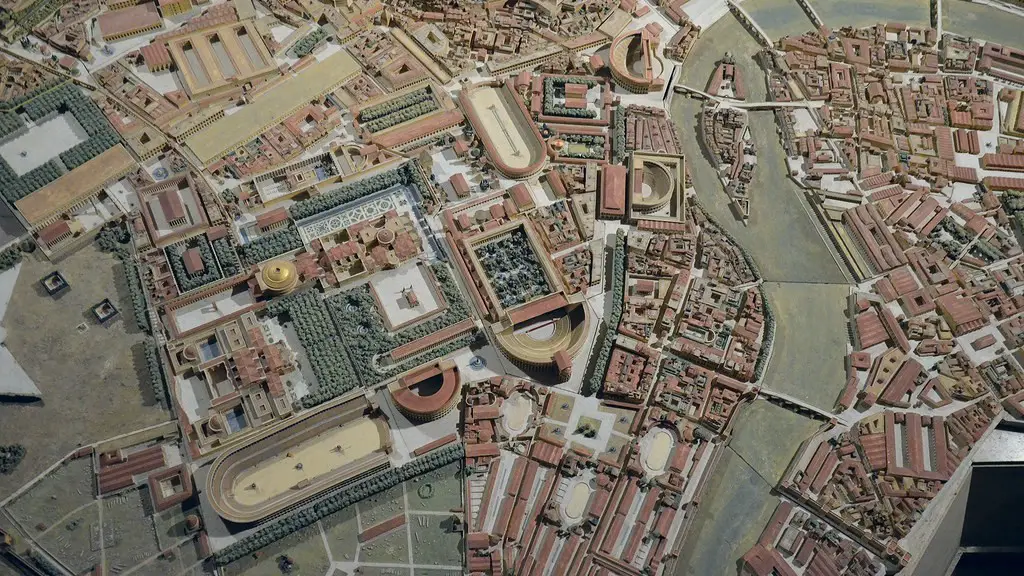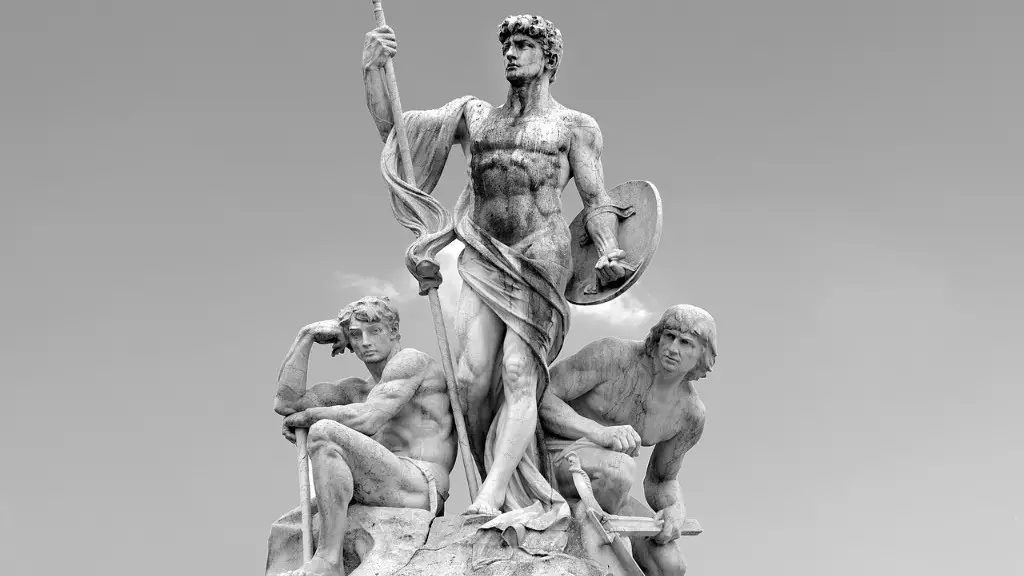In ancient Rome, it seemed like the power of a civilization’s greatness was determined by the structures it was able to build and the Roman Empire definitely seemed determined to be known for their remarkable and unique buildings. From their use of concrete to their astonishingly detailed designs and decorations, the Roman Empire were experts when it came to construction and engineering projects. It is no wonder that many of their buildings, such as the Colosseum, the Pantheon and the Circus Maximus, still stand today.
The Roman Empire first started to take notice of their construction capabilities when Julius Ceasar ordered the draining of the forum and the introduction of a sewer system in order to prevent flooding and reduce the risk of disease. This project allowed them to develop the skill of engineering, especially when it came to concrete. The use of concrete allowed them to make buildings that were stronger and sturdier than they would have been able to create before.
The Roman Empire also had a strong focus on aesthetics. This meant that they often added detailed designs, decorations and sculptures to the interiors and exteriors of their buildings. An architecture style which came about during this period known as ‘Corinthianism’ which focused on creating intricate columns, sculptures and friezes on the walls and portals. This style was also combined then with immense vaulted arches, which provided greater strength to the structures.
The two most iconic structures that were associated with the Roman Empire were the Colosseum and Pantheon. Both of these buildings were huge and made tremendous use of concrete. The Colosseum is thought to have been a sports arena that was used to host gladiator fights and held up to 50,000 people. It was one of the first ever structures to use concrete effectively to create vaults and arches to support the walls and vast seating areas. The Pantheon was a temple to all the Roman gods, covered in decorative friezes and sculptures. Its design was also cleverly engineered to have a dome at the top, which allowed the building to open up to the heavens and provided great ventilation.
Strong Focus on Utility
Besides the aesthetic values, the Roman Empire also had a strong focus on creating buildings for utilitarian purposes. These included markets like the Trajan Forum and Aemilian Basilica in Rome, which were large multi-leveled structures covered with various stalls, providing a commercial center for the people. Also were the aqueducts that allowed the Roman Empire to create a great amount of water, providing the necessary resource for agriculture and the population of the empire.
The Romans also focused on creating buildin.g structures for military, defence and transportation purposes. These include fortifications such as walls, bridges and roads that were used to defend the cities and arrows, which were used to connect the major cities of the empire. Roads also made transportation within the empire much easier. In fact, the Romans were so adept at engineering and building that many of their roads, such as the Appian Way, are still in use today.
Advanced Engineering Tools
The Romans’ construction capabilities were also made possible due to the advanced engineering tools they had at their disposal. These included large cranes and machines that allowed them to lift and move heavy blocks of stones, and large fire-heated cauldrons that allowed them to shape and mould them into different shapes. The Romans were also experts in creating vaults and arches, which were key to many of their building projects. They also had a system where the local government would be consulted for approval of building projects, ensuring that the people did not suffer from any ill-effects of constructions.
Construction After the Fall of Rome
Although the Roman Empire fell, its engineering and construction techniques were still remembered and used even after its fall. This was especially prominent during the Renaissance period, where much of the Roman Empire’s techniques and designs were resurrected and used to create new structures in Europe. This included the use of concrete and vaults and arches, which were two of the Roman Empire’s most important engineering feats.
The Effect on Modern Day Architecture
The Roman Empire has had an astounding effect on modern day architecture and engineering. Many of their techniques and designs are still used today and admired, particularly in terms of their use of concrete. The enduring popularity of the pantheon and the Colosseum also show that their construction feats must have been simply extraordinary, making them two of the most iconic ancient structures in all of history.
Architecture Still Offers Inspiration
To this day, the Roman Empire’s architecture continues to inspire and amaze us. Its use of concrete, intricate decorations and unprecedented designs are still admired and often replicated in certain districts of cities simply because of their stunning beauty. This is a testament to the lasting legacy of the Roman Empire and its achievements in architecture.


